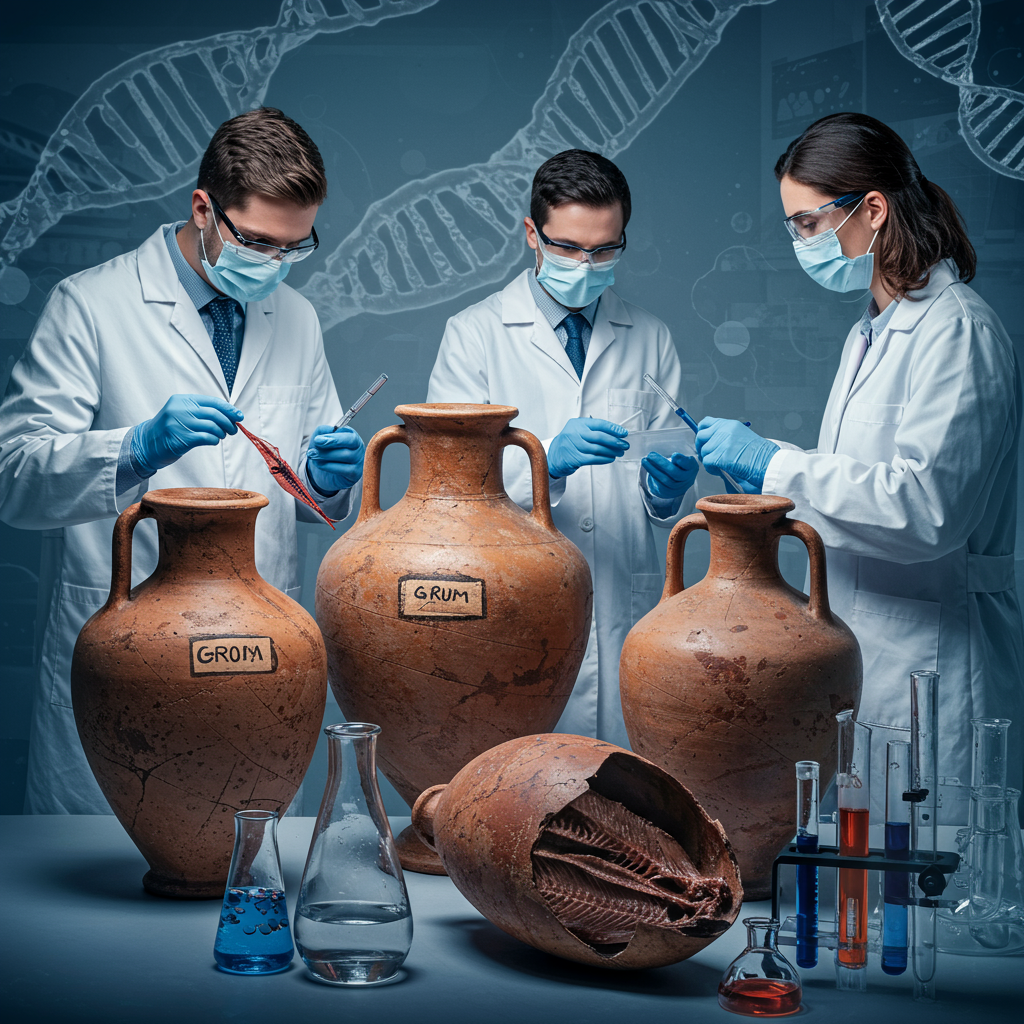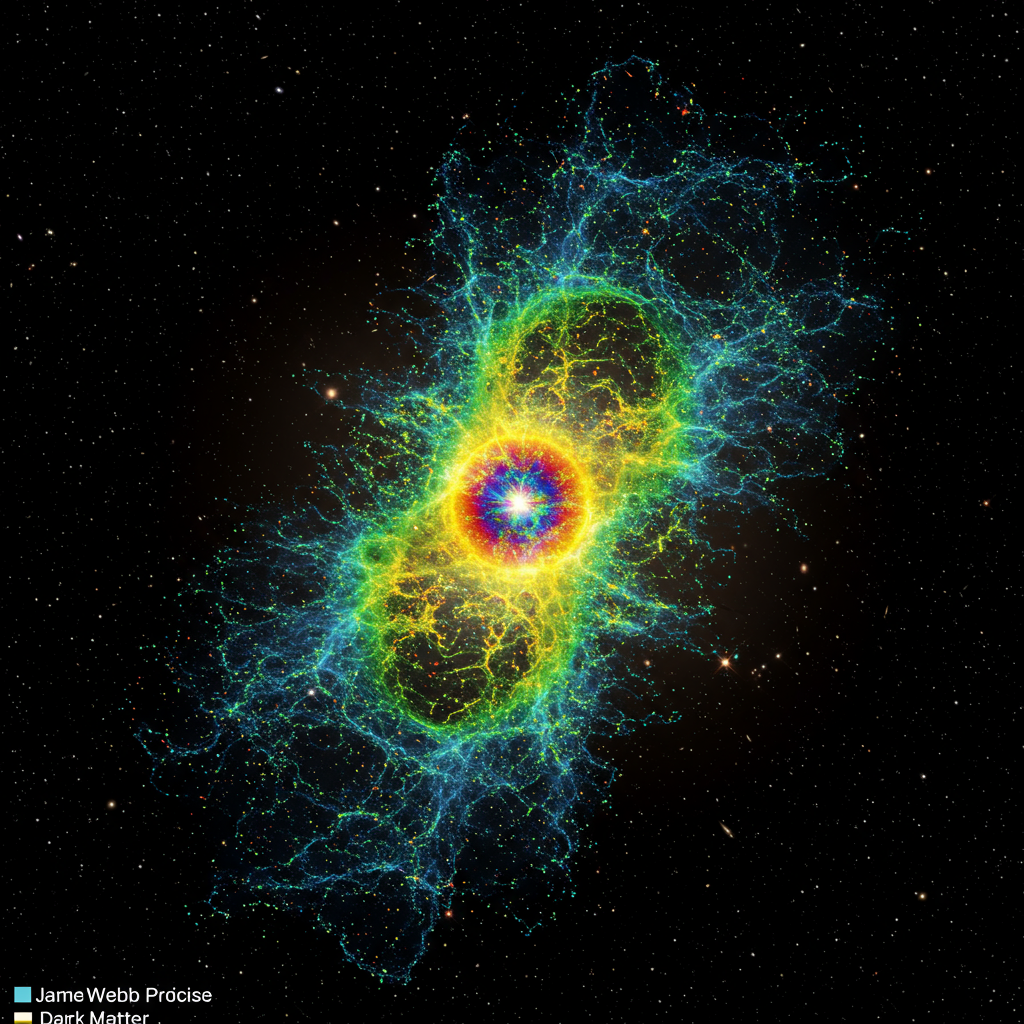ancient Romans were culinary innovators, renowned for developing complex flavors and preserving foods for long-term storage. Among their most iconic contributions to gastronomy was garum, a pungent, umami-rich fish sauce that graced tables across the empire. For centuries, historians and archaeologists have debated the precise “secret recipe” of this ubiquitous condiment – specifically, which fish species were its primary ingredients. Identifying these ancient components has proven incredibly difficult due to the intense processing methods used during its creation.
Unraveling the Mystery of roman Garum
Fish formed a vital part of the ancient Roman diet, particularly in coastal regions. To preserve their abundant catches, Romans established large fish-salting plants known as cetariae along the Mediterranean coast. Inside massive vats, they would crush small fish, mixing them with salt and herbs, then leave the mixture to ferment under the sun for weeks or months. This process yielded various fish pastes and sauces, with garum being the most famous. Its enduring legacy can be seen in modern fermented fish sauces popular globally, from classic Worcestershire to Southeast Asian varieties.
Understanding the exact fish species used in garum offers valuable insights. It sheds light on ancient Roman dietary habits, trade networks, and even potentially the health and populations of fish species in antiquity. However, the very process that created garum also destroyed the evidence. The grinding, salting, and lengthy fermentation utterly transformed the fish remains, making visual identification from bones or other residues nearly impossible for researchers today.
Ancient DNA: A New Tool for Archaeology
Faced with this challenge, an international team of scientists turned to a revolutionary approach: ancient DNA analysis. While traditional archaeology relies on physical remains, this technique seeks genetic material preserved within those remains, even in degraded states. The team focused their efforts on the archaeological site of Adro Vello in northwest Spain, a location known to have housed a significant Roman cetaria.
The researchers collected sediment and small bone fragments from the bottom of an ancient fish-salting vat. This material, saturated with the remnants of centuries-old processing, seemed an unlikely source for usable DNA. Grinding and fermentation are processes known to accelerate the degradation of genetic material. Yet, despite these harsh conditions, the scientists were able to successfully extract and sequence DNA from the tiny bone residues found in the vat.
This achievement marked a significant technical breakthrough. As researchers noted in their study, published in the journal Antiquity, “The bottoms of fish-salting vats offer a myriad of remains… genomic studies have yet to take advantage of the vast potential of this data source.” The successful recovery of viable DNA from such a challenging context opens up a completely new avenue for studying ancient marine exploitation and consumption.
The Secret Ingredient Revealed: European Sardines
The analysis of the sequenced ancient DNA yielded a clear answer: European sardines (Sardina pilchardus) were a key ingredient in the fish sauce produced at the Adro Vello cetaria. This finding provides direct genetic evidence confirming a long-suspected component of Roman garum, based previously largely on textual sources and inferences.
Researchers, including co-author Paula Campos from the University of Porto, compared the ancient sardine DNA sequences with genetic data from contemporary European sardines found in the same region. The comparison revealed that the ancient sardines were genetically similar to their modern-day counterparts. This is particularly noteworthy for a species known for its wide dispersal capabilities. The finding offers a baseline for understanding sardine populations over two millennia.
This study doesn’t just identify an ingredient; it validates a powerful method. It demonstrates that even heavily processed archaeological remains, previously dismissed as too degraded for species identification, can yield precious genetic information. The successful extraction and sequencing of DNA from these ancient fish residues confirm the potential of this approach for future investigations.
Beyond Fish Sauce: Ancient DNA’s Broader Revelations
The application of ancient DNA analysis to Roman-era remains is providing fascinating new perspectives on various aspects of life in the empire. Just as analyzing fish vat residue reveals dietary practices, ancient DNA extracted from human remains is challenging long-held assumptions about Roman society and demographics.
For instance, a recent study utilizing DNA from victims of the Vesuvius eruption at Pompeii overturned traditional interpretations of familial relationships based solely on the positioning of bodies in ash casts. More importantly, this research also revealed surprising genetic diversity among the Pompeii population, showing strong links to populations from the Eastern Mediterranean, the Levant, and North Africa. This highlights the cosmopolitan nature of Roman cities, even smaller provincial ones like Pompeii, a reality that ancient DNA is helping to illuminate more clearly than ever before.
Furthermore, archaeological science is employing various techniques to understand Roman foodways. Beyond DNA, the analysis of animal bones (zooarchaeology) from sites like a Roman-era taberna (street vendor stall) in Pollentia, Mallorca, has revealed that common thrushes were likely a staple street food, not just a luxury for the elite as depicted in some ancient texts. This underscores how combining different scientific methods—ancient DNA, zooarchaeology, and traditional archaeology—provides a more complete and nuanced picture of daily life and diet in ancient Rome, often challenging narratives based solely on elite literary sources.
Frequently Asked Questions
What exactly was Roman garum, and what fish made it?
Roman garum was a highly prized fermented fish sauce, a staple condiment used extensively throughout the Roman Empire. Made in coastal cetariae (salting plants), it was produced by crushing small fish with salt and herbs and allowing them to ferment. A recent study using ancient DNA analysis of residues found at a Roman site in Spain revealed that European sardines (Sardina pilchardus) were a primary ingredient in the garum produced there.
How did scientists use DNA to identify ancient garum ingredients?
Scientists employed ancient DNA analysis, a technique that extracts and sequences genetic material from archaeological remains. They collected small bone fragments from the bottom of a fish-salting vat at a Roman cetaria in Spain. Despite the harsh conditions of grinding and fermentation, which degrade DNA, they successfully sequenced the genetic code from these fragments. By comparing this ancient DNA to modern fish DNA, they were able to identify the species, confirming European sardines as a key component.
Has ancient DNA revealed other surprising things about Roman life?
Yes, ancient DNA analysis is providing numerous insights into Roman life beyond diet. Studies using ancient DNA from human remains at sites like Pompeii have revealed unexpected population diversity, showing genetic links to the Eastern Mediterranean and North Africa, highlighting the empire’s cosmopolitan nature. It can also confirm or challenge assumptions about family relationships based on burial contexts. This technology is a powerful tool for understanding demographics, migration, and social structures in the ancient world.
Conclusion
The successful use of ancient DNA to identify European sardines as a key ingredient in Roman garum represents a significant step forward in archaeological science. It not only answers a long-standing question about a famous ancient condiment but also validates the power of genetic analysis to unlock secrets hidden within even the most degraded archaeological materials. This breakthrough opens the door for future research using similar methods to explore ancient diets, trade, and the history of marine life. By applying cutting-edge technology to ancient remnants, we continue to gain richer, more detailed insights into the lives and practices of people who lived thousands of years ago, proving that even the humblest residue can hold extraordinary information.




